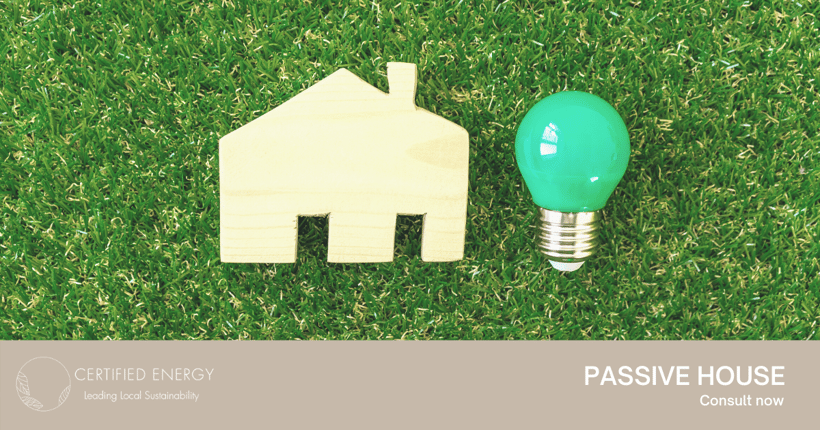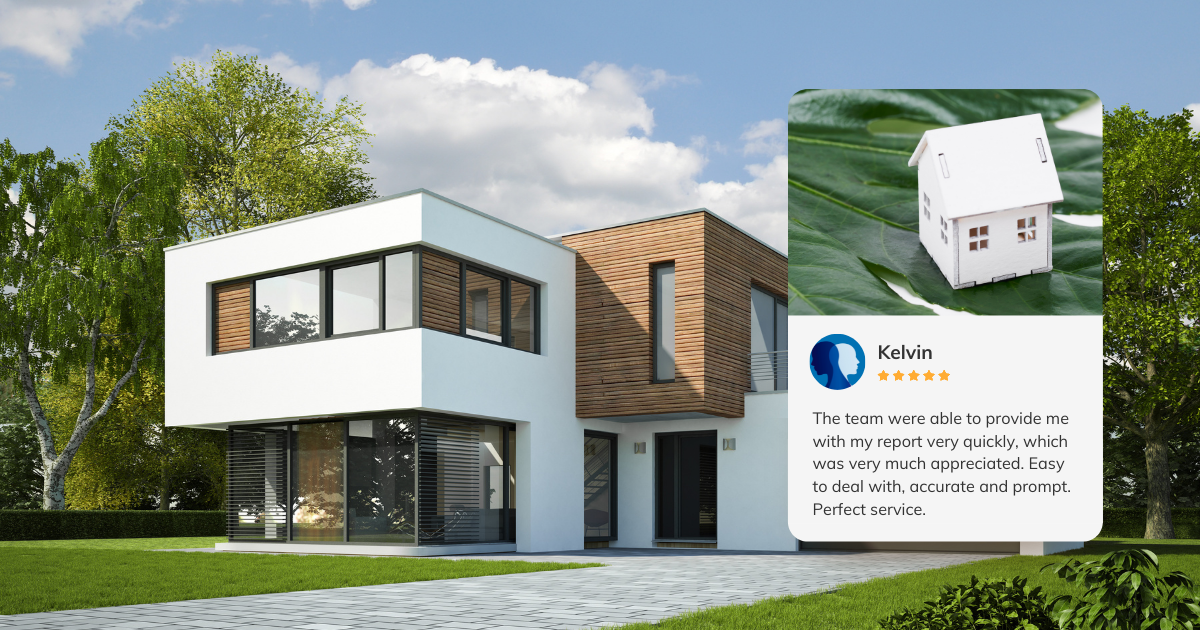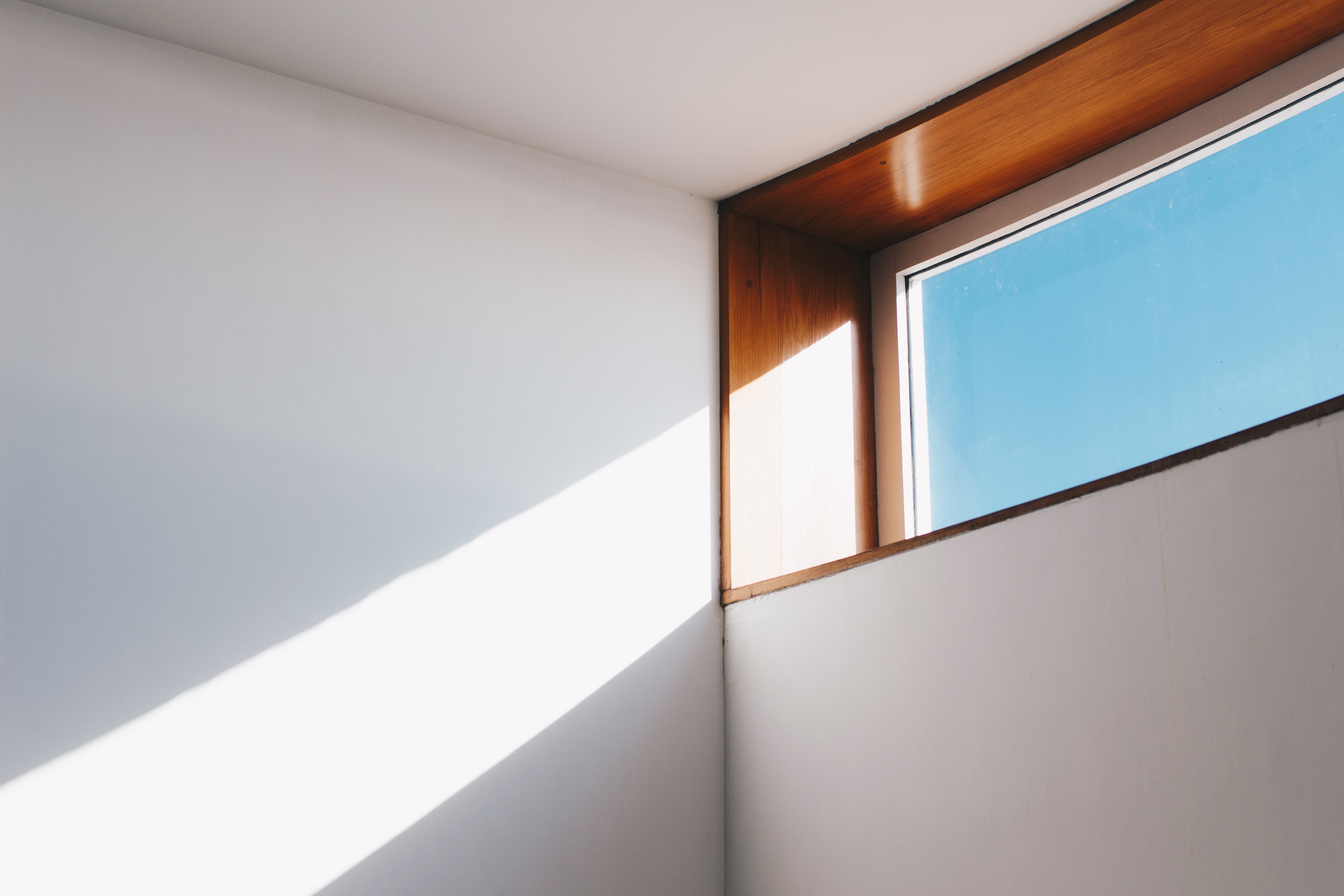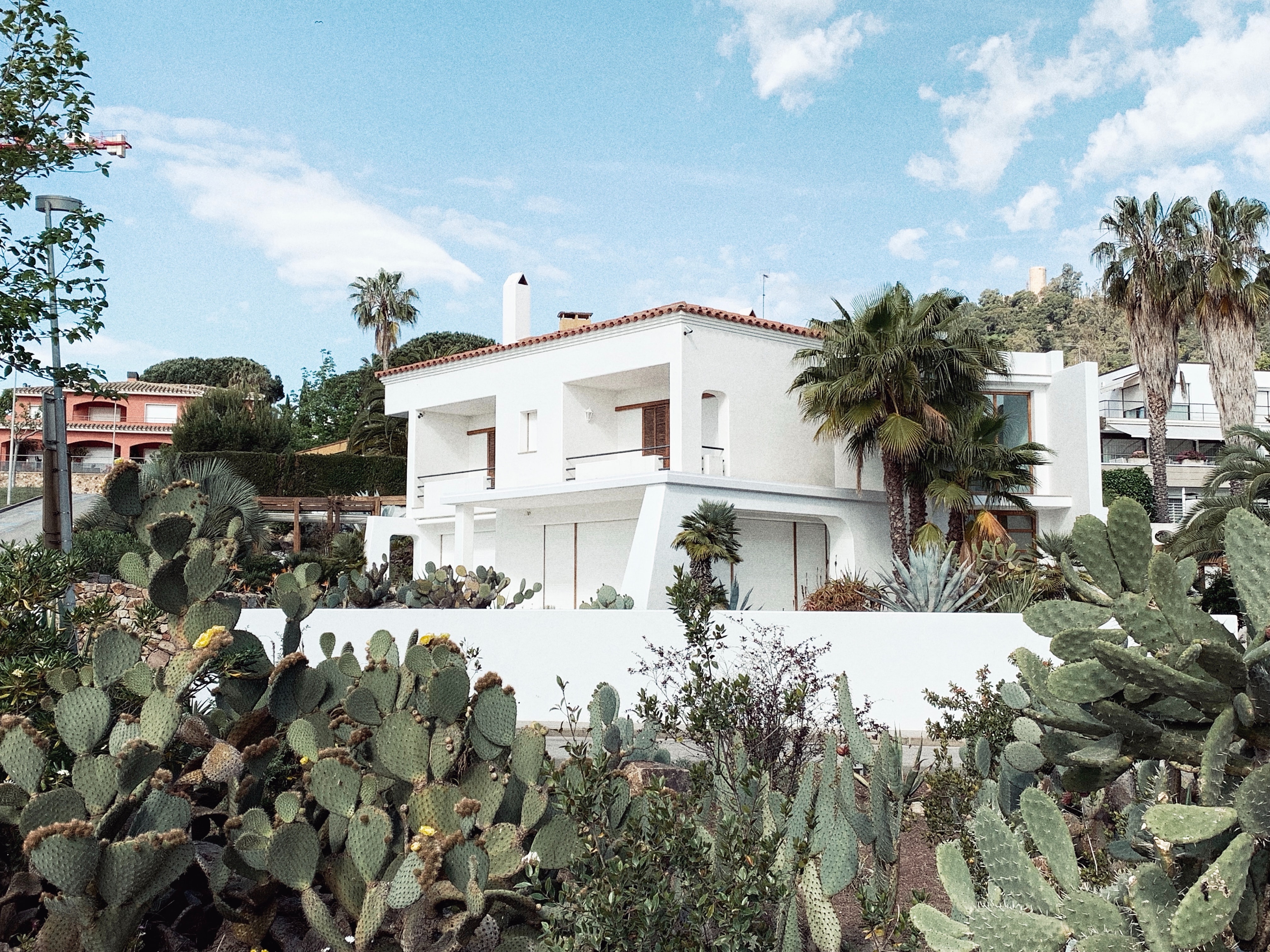With climate change being at the forefront of challenges we must begin to address, we have to reconcile with adapting our lives to the state of the world we live in. From buying tote bags and metal straws to reducing meat consumption, much of the actions we are to personally take are often cumbersome. It hurts my soul to limit my steak burrito intake to once a week! Unlike most of these personal adjustments, however, adopting a Passive House Design layout for your home would not only improve your living standards but come with a myriad of benefits for homeowners and landlords alike!
1. Money Saver
I suppose one might ask what is Passive House Design? Well, it is essentially an architectural design
standard for low-energy buildings that harnesses energy readily available in nature to power much
of what is needed in a building. In maximising the sun and shade available, using high quality
insulation, ensuring the house is airtight, and appropriate ventilation and windowpanes. Passive
House Design can reduce your energy output, and its billing, by up to 90% all year round. Long gone
are the days of worrying about the electricity bill on a hot summer day! Since the energy output has
been reduced to such a high degree, you can now enjoy comfortable temperatures inside the house
any day and any time.

2. Environmentally Friendly
We are duty-bound as humans to care for our planet. With Passive House design, you will no longer need expensive and draining furnaces or air conditioning systems and units. Most of these older systems require much energy consumption that uses fossil fuel. In Australia, around 40% of household electricity is used for heating and cooling purposes. With rampant global warming affecting the entire world, this amount may increase. Passive Houses use renewable energy to power the remaining requirements to get your house to the level of comfort that suits you.
3. Better Acoustics
With the especially high-performance constructed walls, windows, and insulated doors, these aspects are great additions to noise reduction. By this, bedroom popstars and fans of movie nights will find that the acoustics of their home is much better than houses that don't meet the Passive House Standard. This increase in quality of life may not seem necessary but is definitely a welcome addition to any home. On top of that, The improved air quality within the house would turn your home into a safe haven against allergens come springtime!
4. Subsidies and Resource
Australia is one of many countries around the world that is advocating for the use of Passive House
design. With increasingly hotter summers and unpredictable weather, the government and non-
profit organizations have made subsidies and payment plans readily available to those who are
willing to make the investment to turn their houses into Passive Homes. Organizations like the
Australian Passive House Association has been working tirelessly to provide resources to industry
professionals and homeowners to push Passive House Australia as one of the leading green
architectural design initiatives in the world.
REFRENCES
Rusin, Adam. "How Much Electricity Does An Australian Home Use?". AR Electricals, http://www.arelectrical.com.au/average-electricity-usage-in-australia/.
"What Are The Benefits Of Passive House Buildings?". Ipha Blog, https://blog.passivehouse-international.org/benefits-passive-house-buildings/.







